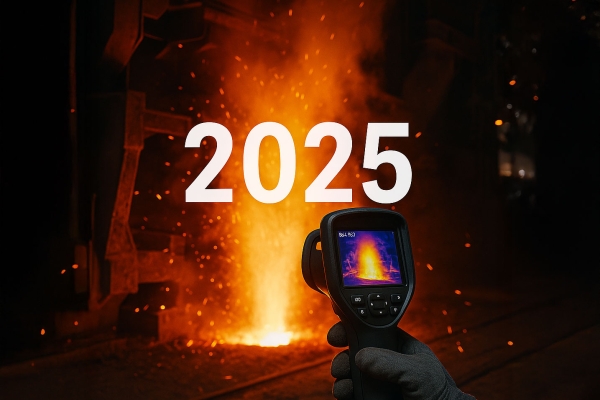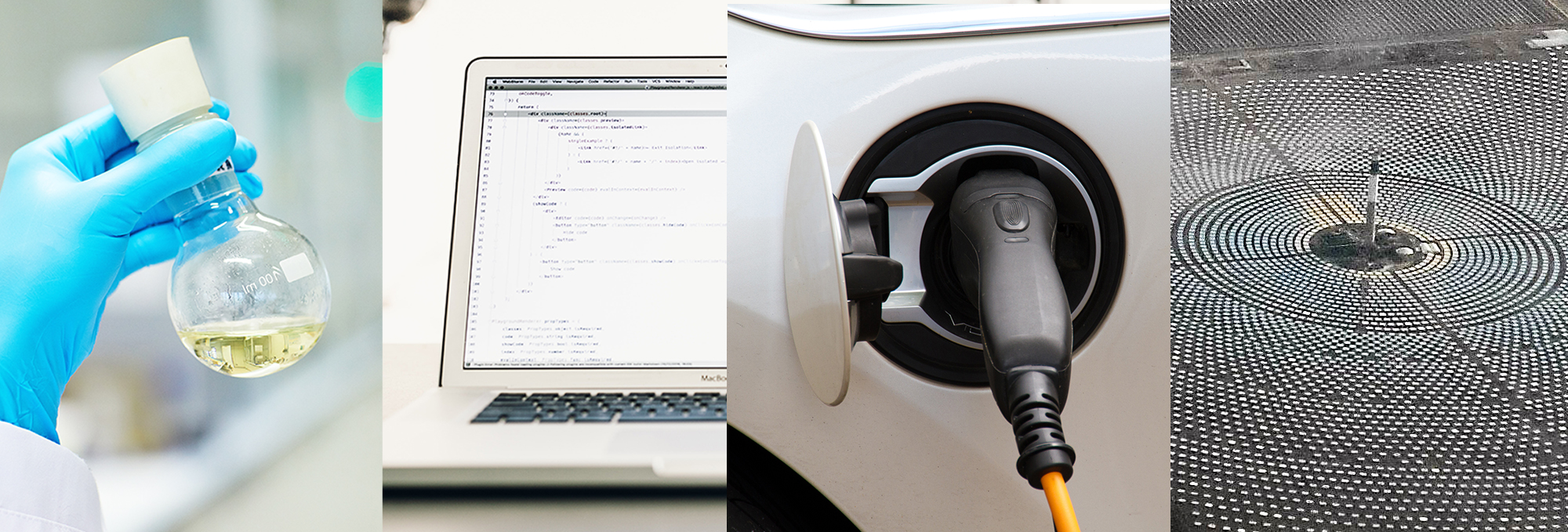The huge success of lithium-ion batteries (LIBs) relies on the high energy and power density of these devices, accompanied by an expected long cycle life, relatively high safety and affordable cost. On the anode side, the introduction of graphite in the early-stage LIBs development has ensured the excellent performances of the LIBs of todays.
Despite the considerable progress of this technology, there is a key issue that need to be addressed: LIBs are required to deliver more energy in shorter times, especially in automotive applications. To meet actual and future needs in LIBs market, silicon is being positioned as a promising anode material due to its extremely high capacity.
The advantages and the major challenge
The reaction mechanism of silicon with lithium is via intermetallic alloying, and the nature of this reaction allows silicon to provide almost ten times higher capacity (3600 mAh/g) than graphite (372 mAh/g) with the same weight, which undoubtedly implies an increase in the energy density of the battery. Indeed, with the use of silicon-based anodes, the energy density could be greatly improved at least by 30 % of actual values.
With this in mind, anode manufacturers are introducing silicon into the electrodes but at rather low weight percentages of around 3 to 8 %, due to the complexities presented by silicon during the cycling of the battery: silicon particles undergo enormous volume changes, i.e., up to 300 % of volume expansion (while in the case of graphite it is 13 %). This results in a ripple effect of problems such as the mechanical fracture of the electrode during the alloying and dealloying reaction, particle disconnection, particle detachment from the current collector, particle pulverization, and the breakage of the solid electrolyte interphase (SEI) which causes new fresh surfaces to be exposed to the electrolyte, consuming more Li+ to continuously reform the SEI.
The result is, therefore, an electrode with a significantly deteriorated structure leading to low coulombic efficiency, pronounced capacity fade and, consequently, poor performance, which reduces the lifetime of the battery.
Silicon-based anodes at CIC energiGUNE
CIC energiGUNE has extensive experience in silicon-based anodes, both in the composite preparation and electrode formulation and fabrication, as well as in their post-mortem analysis. Indeed, CIC energiGUNE has produced scientific publications that show worthy results in relation to the implementation of high content silicon anodes (30 – 40 weight percentage of silicon at electrode level). In one of those publications, self-standing silicon-based anodes (silicon-reduced graphene oxide, 40 wt.% of Si) were fabricated and explored, showing great cycling stability (750 mAh/g at 0.05 A/g). In another publication, it was shown a simple, low-cost and easily scalable approach to prepare silicon-graphite composite electrodes (30 wt. % of Si) which exhibited stable capacity values of 850 mAh/g at a rate of 0.25 A/g and outstanding capacity of 770 mAh/g at a rate of 5 A/g, and the importance of the electrode microstructure and design was highlighted. Later on, the silicon-graphite composite electrode was integrated in a high-power lithium-ion pouch cell which was able to be cycled at a really high rate of 5C, with almost no degradation of either the electrodes or the electrolyte.
Since 2018, CIC energiGUNE has participated and awarded with funding in different projects related to silicon-based anodes: one included in the ELKARTEK program (Basque Government founded), three industry-founded, and six projects in the framework of European calls (Graphene Core2-Spearhead, 3beLiEVe, CoFBAT, HighSpin, NextCell and GIGAGREEN).
Strategies already implemented in silicon anodes
Special attention is now paid to three approaches to mitigate volume changes in these anodes: nanostructuration, new aqueous-based binders and prelithiation.
Regarding nanostructuration, nanowires are a good alternative to conventional flat and round morphologies since volume changes are almost negligible due to the facile strain relaxation presented by the wire morphology. Moreover, nanowires also present an efficient electron transport and extremely good contact with the current collector. Some companies like Amprius or OneD are already pushing this technology.
On the topic of binders, it is well known that they play a key role. Researchers are using CMC, and sometimes the CMC is combined with buffer solutions. However, the benefit of buffer solution is still ambiguous and unclear. Now, attention is paid to self-healing and highly-elastic binders.
Self-healing binders can repair mechanical damage, but they present low ionic conductivity and low adhesion strength, while highly-elastic binders can alleviate volume changes and have good adhesion strength. For instance, during the Tesla Battery Day it was suggested elastic ion-conducting polymer coatings to stabilize the surface of the silicon anodes.
Prelithiation is an attractive approach to compensate for the lithium inventory in full cells, however further research is necessary for good operability and security in practical production.
Basically, there are three types of pelithiation: electrochemical, mechanical and chemical. The electrochemical one is most intended for laboratory level. The mechanical one has associated the issue of the sensitivity of the electrodes to the surrounding humidity, so current production lines should be replaced (which, in turn, increases cost and also waste of lithium resources).
Finally, the chemical self-prelithiation has not reached a high degree of maturity; in addition, the use of sacrificial salts as prelithiating agents will require high amounts, lowering the energy density of the battery. Interestingly, Enovix, which works with 3D architecture silicon anodes, is an example of a company already using the prelithiation approach, which is applied during the manufacturing process.








